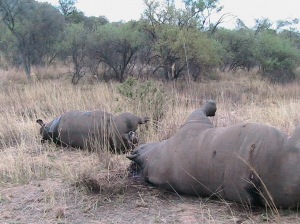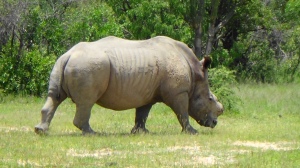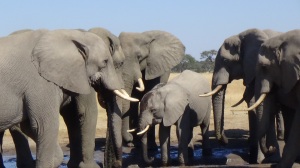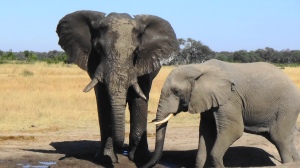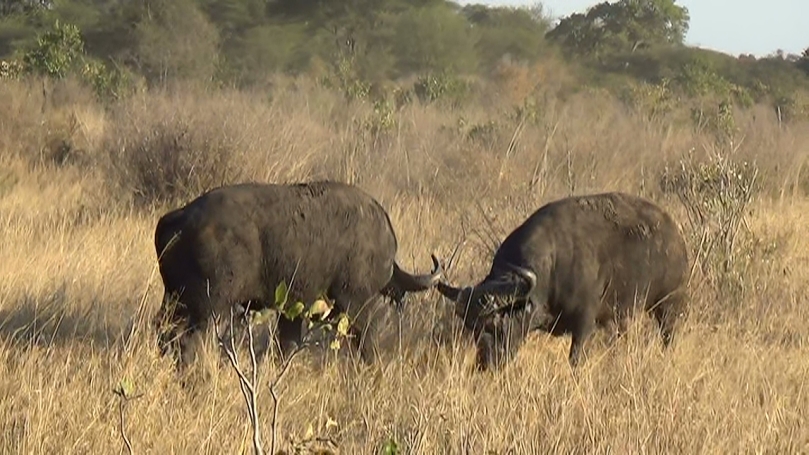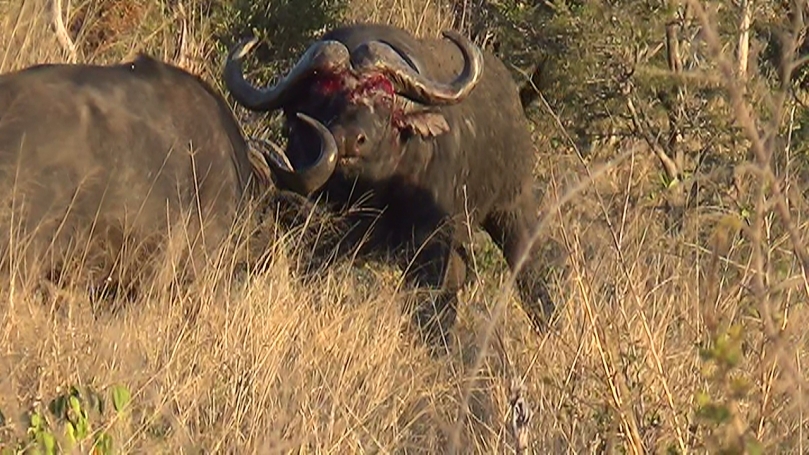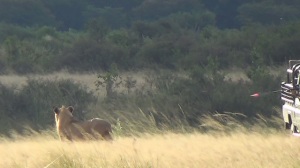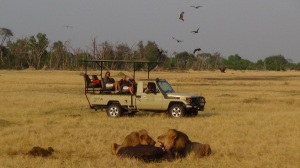The Issue Is….
In Southern Africa there exists two species of rhino the Black (Diceros Bicornis) and the White (Ceratotherium Simum) Both species currently face extinction due to demand in many Asian countries for the Rhino’s Horn.
The horn of both species up until now for thousands of years people have believed it to possess properties making it much sought after as an aphrodysiac.
The current Idea…
For many years Zimbabwe and other Southern African countries have conducted annual dehorning exercise’s.
The current Dehorning exercise is typically carried out by a qualified veterinarian who darts the rhino with a powerful anaesthetic which puts the Rhino to sleep. The team then quickly move in and will check the Rhino’s vital signs and will cut the horns off, thereafter the vet will administer a drug to reverse the anaesthesia. The Rhino gets up and after a few puffs and pants runs off into the bush.
To cut the horn off is to remove the incentive from the poaching of the rhino, making it less attractive for the poacher. Over the years it has been established that the Rhino’s horn after dehorning grows five Centimetres per year and can be harvested without damage to the health of the Rhino…
In Southern African countries the rhino horn Stockpile in the Parks vaults increases year by year…
There is currently a ban in the trade in rhino horn imposed by CITES an International body (Convention for the international Trade in Endangered Species) and yet year by year the demand for horn in Asia increases 13 killed in South Africa in 2007 and by the end of 2014 1215 Rhino were killed for their horn.
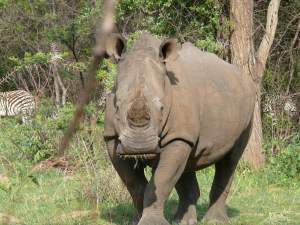
The question is… Is It Working???
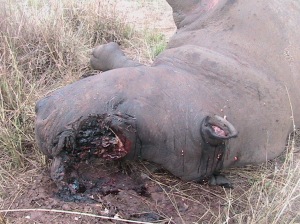
The Way Forward.…
Does it not make sense to legalize the trade in the horn giving the farmer a financial incentive to not only look after the rhino he has, but to also be provided the incentive to increase his numbers.
An ethical legal trade in rhino horn should be controlled by a Central Selling Organisation.This organization would broker sales to partners in consumer countries. All horn would have to be registered through a database and marked and quotas proportionate to the ownership of rhinos would be determined.Only registered stakeholders (farmers, landowners etc) would receive payment for horn.
Many people comment on the game parks potentially having less Rhino, the trouble is most have already disappeared from the wild.
The reality is…
The Rhino’s horn is made up of Keratin exactly the same stuff making up our hair and finger nails and the claimed pharmacological properties of the horn as an aphrodysiac yet remains to be proven.
Despite the great variety in appearance, it was recognized by early comparative anatomists that structures as diverse as hairs, feathers and hooves and consist of a similar substance, which was called ‘horn’ or ‘keratin’.









